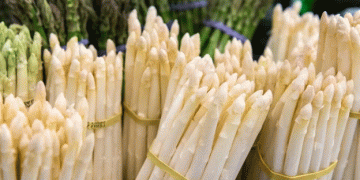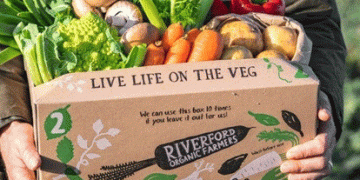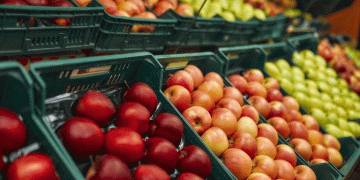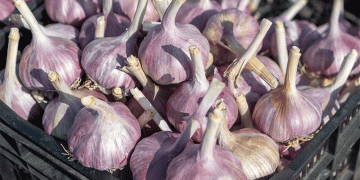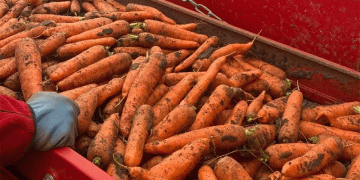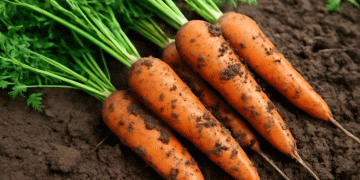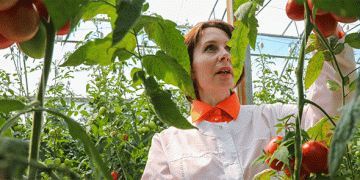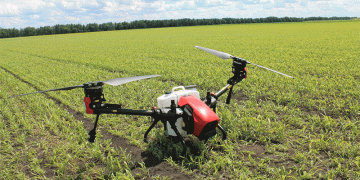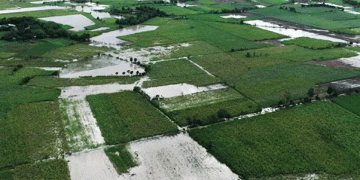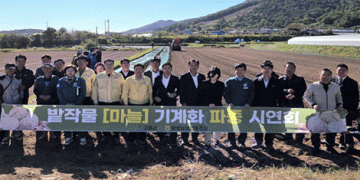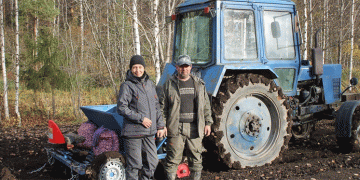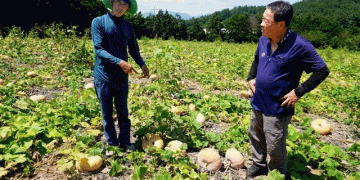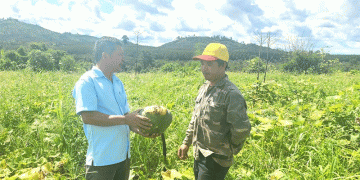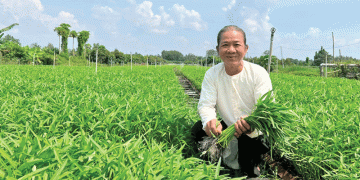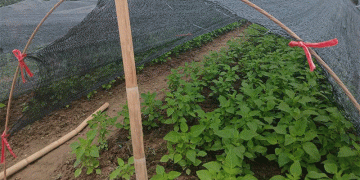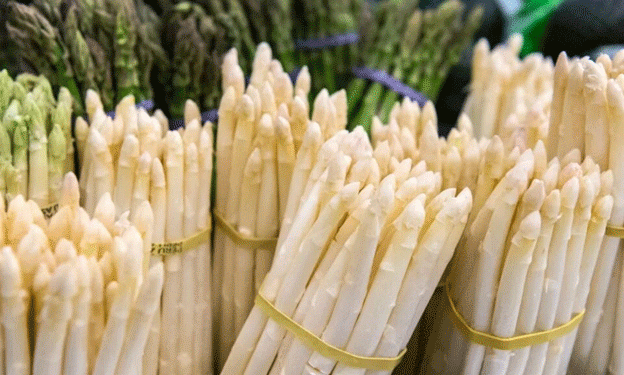As temperatures rise and spring officially begins, so does the much-anticipated asparagus season in Germany — a country where white asparagus, often dubbed “white gold,” holds both culinary and cultural significance. According to dpa and industry representatives like Thorsten Flick from the Association of Asparagus and Berry Growers in Hatten (Lower Saxony), the first asparagus spears are already available — thanks to early production techniques such as soil heating and protective film tunnels.
This “heated asparagus” (Heizspargel) reaches the market earlier than traditional open-field asparagus and allows producers to meet early-season demand, often fetching higher prices due to limited supply.
Heated vs. Open-Field Production
Early asparagus cultivation typically begins in mid to late March with the help of:
- Black and white plastic film, which traps heat in the soil,
- Soil-heating systems, often powered by biogas or renewable energy,
- Mini-tunnels or low greenhouses, which provide added protection and warmth.
In contrast, open-field asparagus — grown without artificial heating — generally starts to appear in early to mid-April, depending on weather conditions. This year, open-field asparagus is expected to reach markets in about two weeks, according to Flick.
These innovations not only extend the harvest season but also allow farmers to:
- Capture higher prices for early-season asparagus,
- Stagger labor and logistics over a longer timeframe,
- Ensure consistent product availability even when spring temperatures fluctuate.
Market Outlook and Consumption Trends
Germany is Europe’s largest producer and consumer of white asparagus, with an annual production of around 110,000 to 120,000 tonnes, according to BLE (Federal Office for Agriculture and Food). Consumption remains strong, especially during the peak season from April to June, when asparagus features prominently in traditional German dishes.
Despite rising costs for energy and labor, German asparagus farms continue to invest in technologies to reduce input costs and improve efficiency and sustainability. These include:
- Drip irrigation systems to conserve water,
- Mechanical harvest aids to reduce physical strain,
- Precision temperature monitoring for soil heating optimization.
Imports, mainly from Spain, Greece, and the Netherlands, supplement the German market in the early season, but locally grown asparagus remains highly preferred due to its freshness and regional branding.
Opportunities and Challenges for Producers
For farmers and agribusiness professionals, early asparagus production presents both advantages and risks:
- Higher early-season prices can significantly boost revenue.
- However, energy costs for heated systems and climatic unpredictability can impact profitability.
- There is growing consumer interest in sustainability, prompting some farms to move toward renewable energy sources or more passive warming techniques.
The arrival of heated asparagus marks the beginning of an important season for German growers. As techniques evolve and markets expand, early production offers a valuable opportunity for those willing to invest in technology and respond to changing consumer and climate realities. With open-field harvest just around the corner, the “white gold” season is officially underway.
